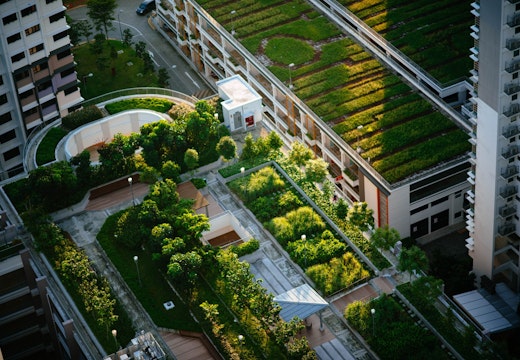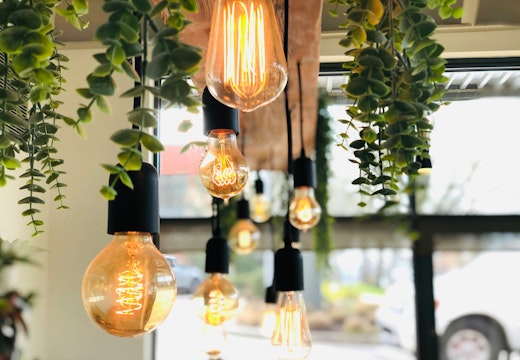Healthy building, healthy planet: how can lighting support the green agenda?
From enhancing employee wellbeing to supporting the sustainable construction of greener buildings, organisations are looking to the workplace to optimise experience and performance
Wellbeing and sustainability are currently two of the hottest topics in the boardroom as corporate leadership teams forge a workplace strategy for the future. As part of this strategy, many leaders are turning to the workplace to perform more effectively than it ever has before.
This has seen a rise in sensor technology and the collection of environmental and utilisation data. However, there is one key ingredient that can often be overlooked: lighting. Light is intrinsically linked with the human body and wellbeing; it dictates our human circadian rhythm and impacts how we perform cognitively.
Lighting has become a key consideration within many smart building projects. As highlighted in a recent article by smart lighting expert Signify, connected LED lighting is increasingly playing an important role in employee wellbeing and green agendas.
Enhancing wellbeing
Smart lighting can be programmed to change levels of intensity throughout the day in response to the outside daylight conditions. Automating this process makes the changing light levels almost unnoticeable for the people in the building, but it can have positive impacts on the mood and productivity of employees.
Smart lighting systems can also track occupancy and footfall patterns within a building, identifying those areas that need enhanced cleaning. Analytics of this data can show where the busy areas of the building are so people can make informed decisions about where they want to work based on the number of other people working in that space. Over time, this data can be accumulated and systems can start to predict occupancy rates, so employees can make informed decisions before the even enter the building.
Organisations can use the data collected through smart lighting systems to monitor the workspace environment and make informed decisions to optimise the conditions for employee health and wellbeing.
Supporting sustainability
The article by Signify also highlights that new human-centric technologies designed to support human comfort can take their toll on the environmental footprint. This is a compromise that many organisations cannot afford to make currently.
Smart buildings equipped with energy-efficient LED lighting technology can support sustainability goals. This technology can cut light-related energy use by up to 80 per cent because up to 20 per cent of the energy a building uses is typically used on lighting.
When smart systems work in tandem with environmental sensors, connected systems can use the data and prompt a building to be more environmentally efficient. For example, it can integrate with the HVAC system and lower the air conditioning in conjunction with any open windows.
To find out more about how connected lighting can support sustainability and employee wellbeing, find the full Signify article here.








